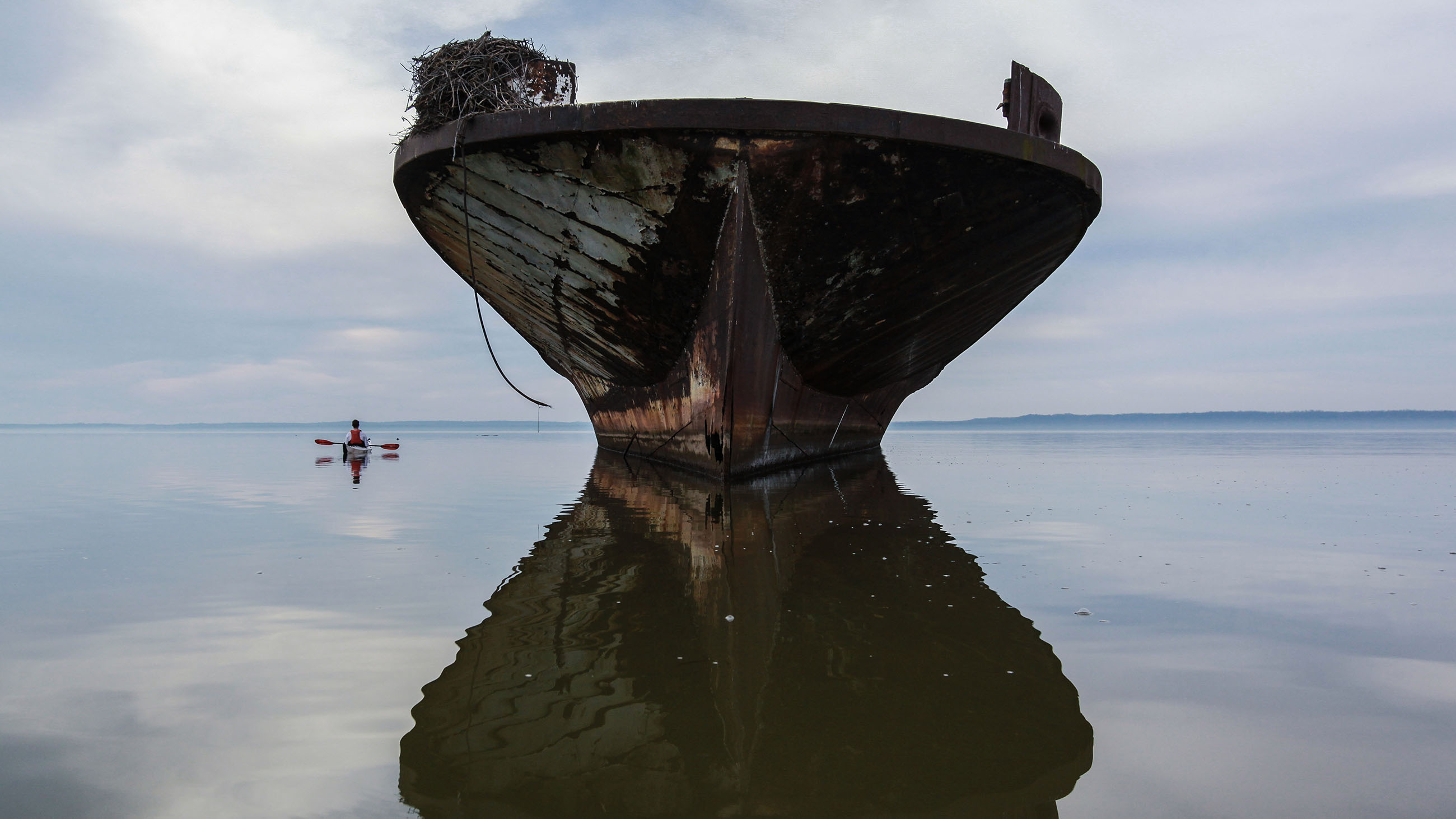Don’t Save Mallows Bay
Paddling Mallows Bay is aesthetically sublime, and even for a photographer like me, pictures simply can’t do justice to the mystery and drama of the watery landscape, home to a centuries-old fleet of abandoned, half-built ships — the largest assemblage of historic shipwrecks in America.

On a recent morning, my tiny kayak slid alongside the decomposing giants, an eclectic mix of wooden steamships and other crafts jutting up at odd angles from the shallows, or lurking just below the surface. Most were designed for duty during the Civil War and World War I, but few ever saw any action. From the late 19th-century onward, the ships changed hands through the salvage and scrap markets until they were eventually towed to this modest inlet on the Potomac River, 30 miles south of Washington D.C., and abandoned.
Today they are cloaked in brambles and osprey nests, and a movement is underway to designate the 14-square-mile area a National Marine Sanctuary — the highest protection afforded to watery places.
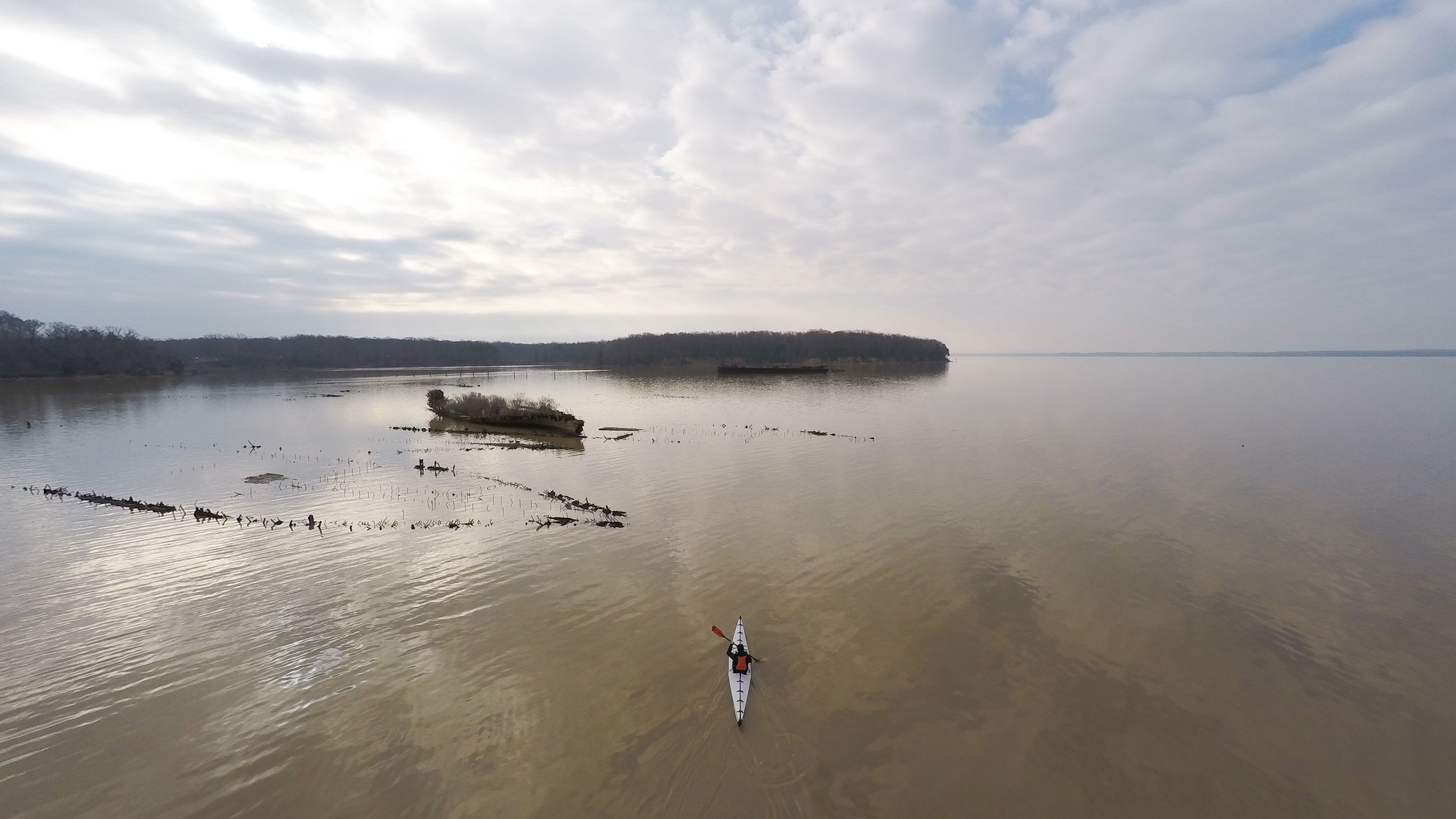
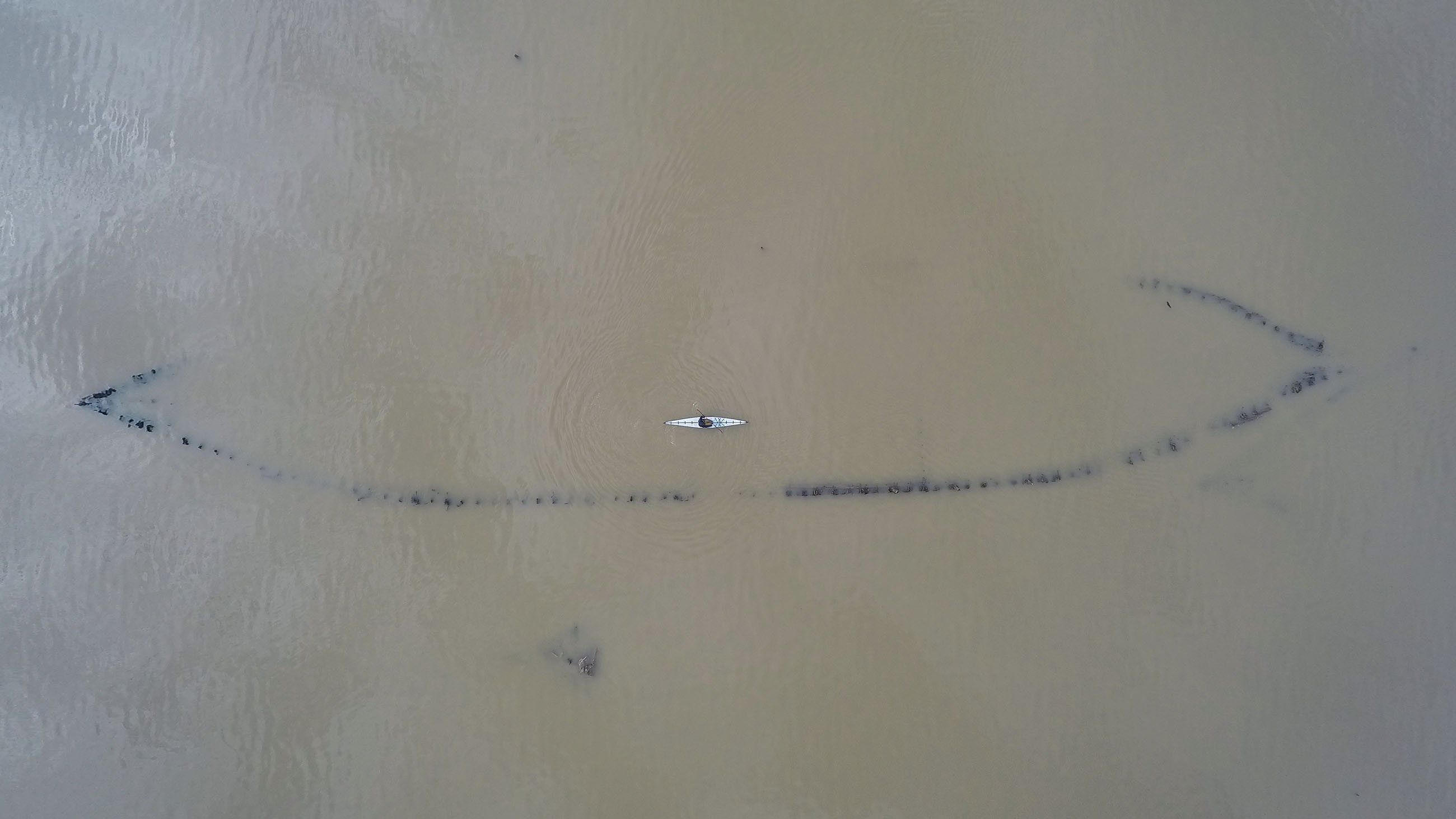
It was easy for me, out on the water, to surrender to the romance of the bay. I am both an ecologist and an environmentalist. I value historic places. But from afar, difficult questions nagged at me — questions about the changing meaning of conservation, about romance and pragmatism and the meaning of nature in a world so fully worked-over by humanity. And in the end, there was this question: Is this place really valuable enough for federal protection?
I first visited Mallows Bay in December. The dawn light was softened by rising mist, which concealed the dramatic wrecks from the shore. I felt a sense of pilgrimage pushing away from the dock, and about 500 yards into my paddle, I saw a hulking, 50-foot tall silhouette emerge from the glassy river. The freedom to explore the rotting wood and submerged bolts brought a raw awareness of space and time. I felt small and the water felt ancient. The ships weren’t John Muir’s giant redwoods, but in that moment I noted that the massive forms felt very much like the “secular cathedrals” that the early 20th-century American naturalist and activist fought so hard to protect, submerged in blessed waters.
This wasn’t a feigned Eastern spirituality I’d absorbed attending urbanite yoga classes. Muir’s followers evoked this very imagery and language when framing the birth of America’s first national parks. What I felt was a century-old American consciousness.
When Muir’s social movement, formalized as the Sierra Club in 1896, spread its vision to the political sphere, the formerly utilitarian matter of conservation became a cause steeped in aesthetics and self-knowledge. This vision guided why and to what extent we Americans preserved landscapes for most of the 20th century. In 1919, Robert Sterling of the National Park Service was unapologetic about the romance we had all embraced: “The National Parks are far more than recreational areas. They are the supreme examples. They are the gallery of masterpieces. Here the visitor enters into a holier spirit.”
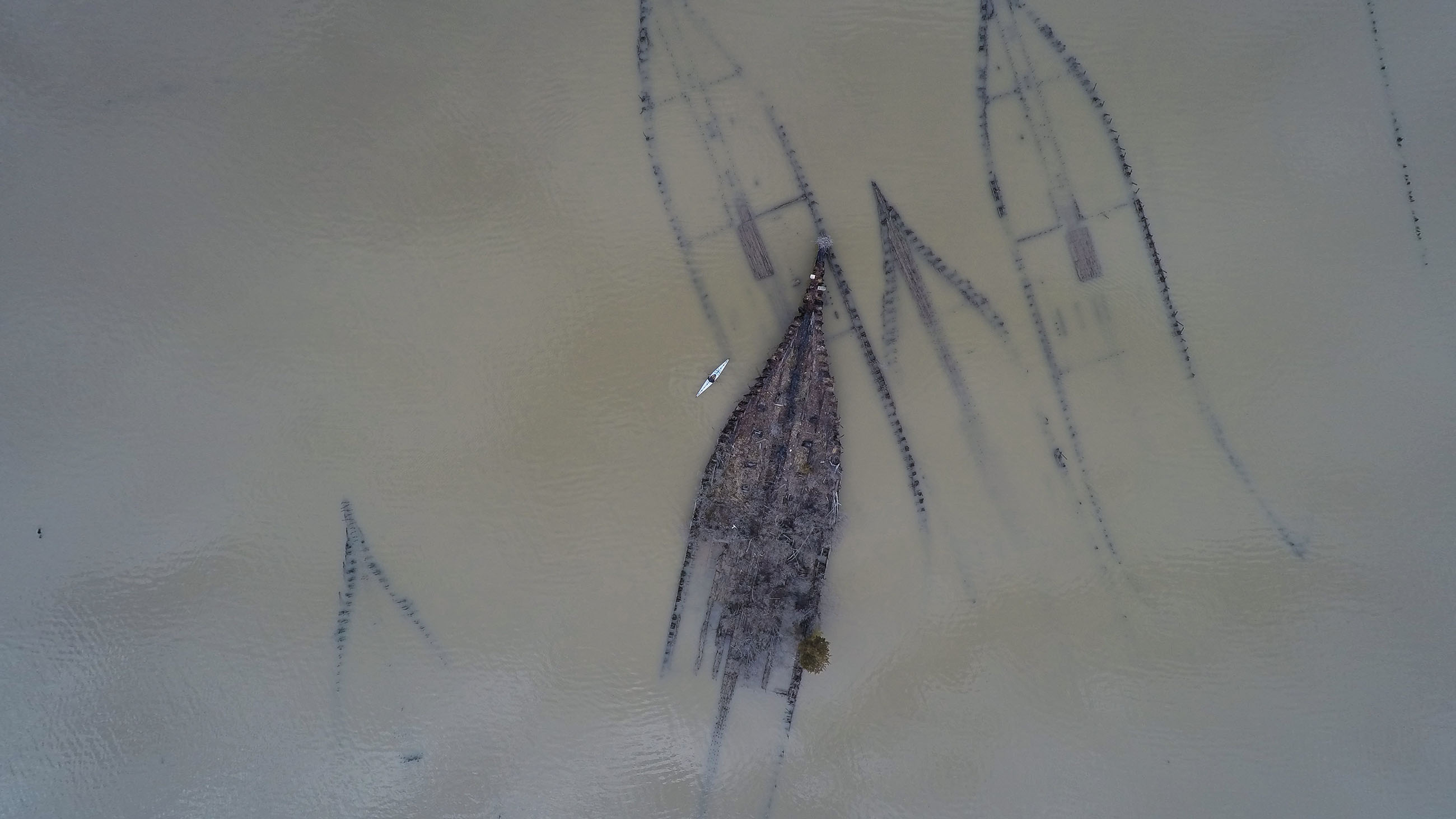
That was then, though. In his new book “After Nature: A Politics for the Anthropocene,” Jedediah Purdy, a professor at the Duke University School of Law, argues that the act of seeing nature through a romantic lens — while essential to the mainstreaming of conservation throughout the 20th century — is no longer particularly useful. Resources are limited, populations are growing, and the climate is fast changing. After a century of nature gazing, the Anthropocene calls on us to be pragmatic problem-solvers.
This sort of thinking is not easy for me. Seeing nature first with an analytical brain, and only later with admiring eyes, is a difficult pivot. Some people are more nimble than others. I was surprised, for example, by the sentiments expressed at public hearings on the proposed sanctuary designation for Mallows Bay, or the public comments filed to the U.S. Public Register’s database.
One commenter in the latter suggested that the Obama administration was “calling antique trash nature’s treasure.” Another, identifying himself as an ex-Marine, suggested that the landscape was was costly and ephemeral, and he recalled hurricanes ripping loose some of the ships in the 1960s, leaving the government to dismantle them. “The ships that are still there are rotting and rusting and in 100 years they will not be visible,” another man shouted at a public hearing.
But I found the most persuasive opposition coming from those who saw a bigger picture. Local resident Lloyd Williams summarized it best: “Money should be spent preventing pollution to the Potomac, saving forests, and protecting wetlands,” he wrote.
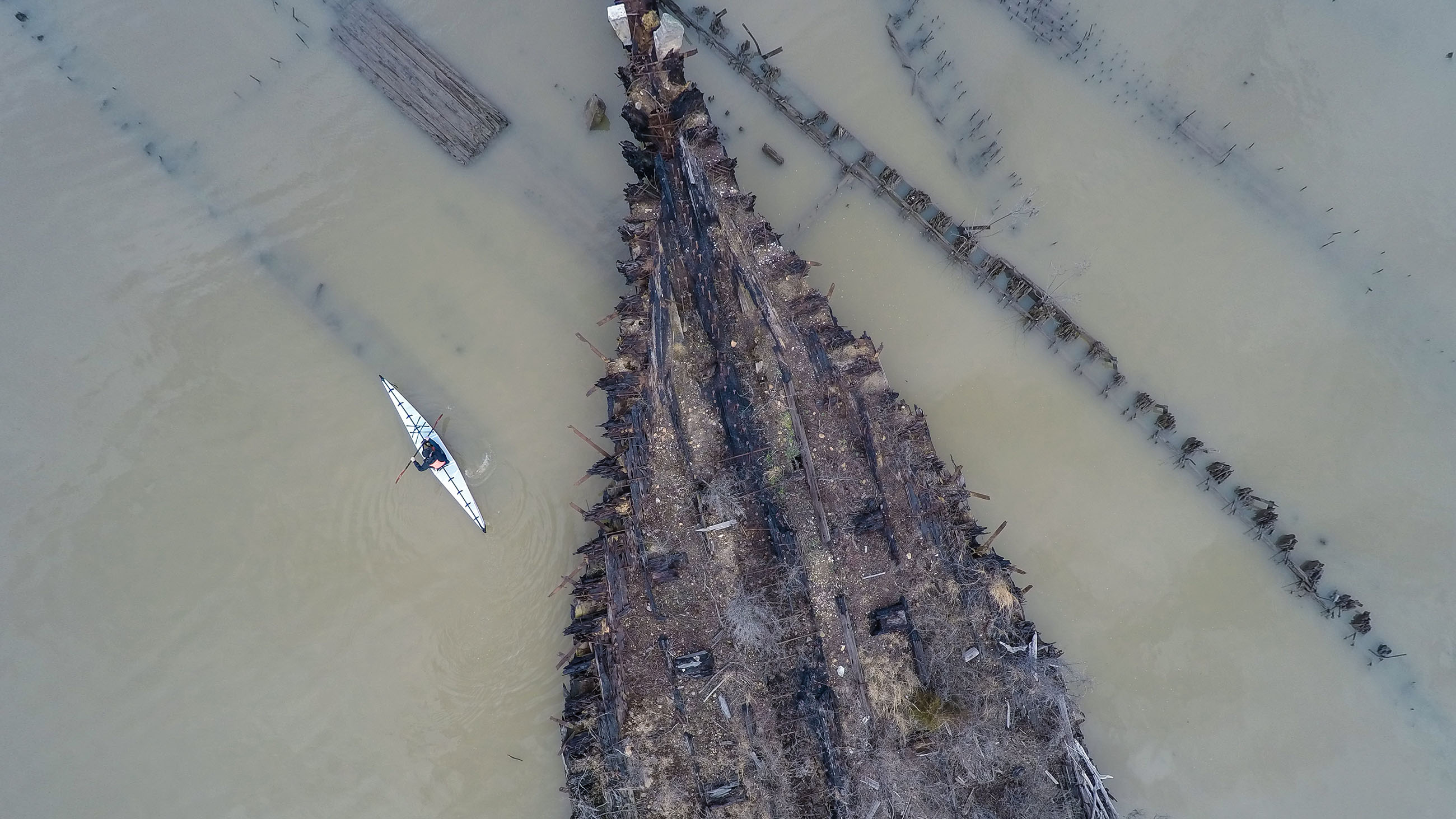
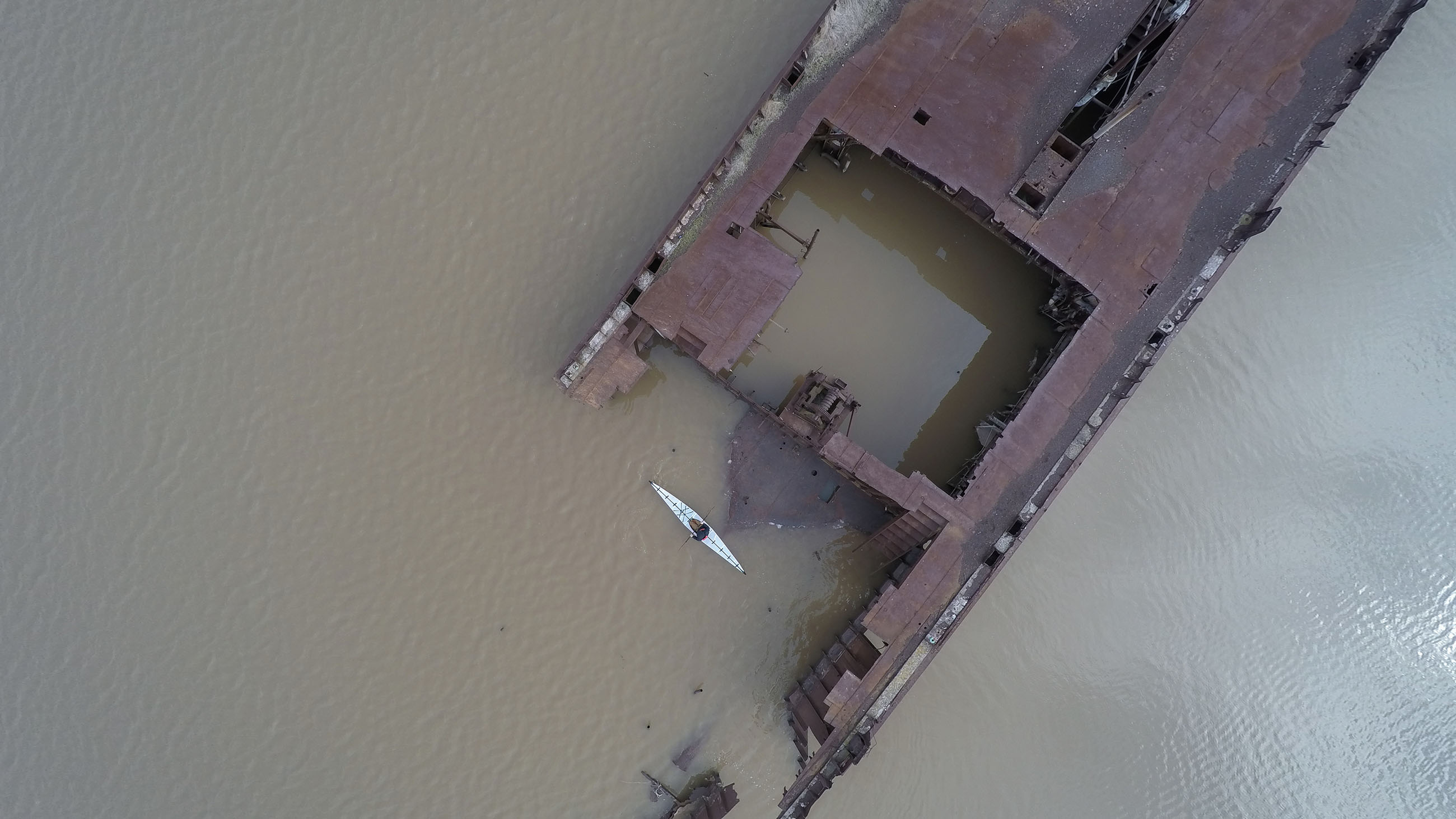
Essentially, opponents of federal protection for Mallows Bay ask a pointed question: What is the opportunity cost of protecting it? It’s been twenty years since National Oceanic and Atmospheric Administration last solicited proposals for a new Marine Sanctuary. And the criteria — the same used then and now to decide a landscape or seascape’s value — lists “ecological significance” on par with aesthetic, cultural, and historical values.
But while the criteria have not changed over that time, the science certainly has. Water shortages and heat waves now plague the Western United States, while algal blooms, arising from agricultural runoff, have choked the Great Lakes. New reports from the Intergovernmental Panel on Climate Change suggest that coastal regions, particularly in the Southeastern United States, are under constant threat of inundation — indeed, the first wave of this nation’s very own climate refugees are now being resettled away from Louisiana‘s rising tides.
There’s no question that Mallows Bay is a special place. Human stories and natural beauty combine for an ethereal experience, and I still feel enchanted looking at the photographs from my first paddle among the Ghost Fleet. John Muir and his romantic nature have a lingering hold on me and, admittedly, I struggle with that as a scientist.
But the urgency of our environmental moment suggests that there are greater challenges ahead of us, and landscapes and resources more fundamental to our collective wellbeing that are in dire need of protection. As Purdy has pointed out, “nature has always been flexible.” I see that more vividly now in the battle over Mallows Bay, where the ecological and economic tradeoffs — just like those ghostly ships amid the early morning mist — fade into view.
Clare Fieseler is an ecologist based in Washington, DC. She is currently completing a fellowship at the Smithsonian Tropical Research Institute. Her photography is represented by National Geographic Creative.










